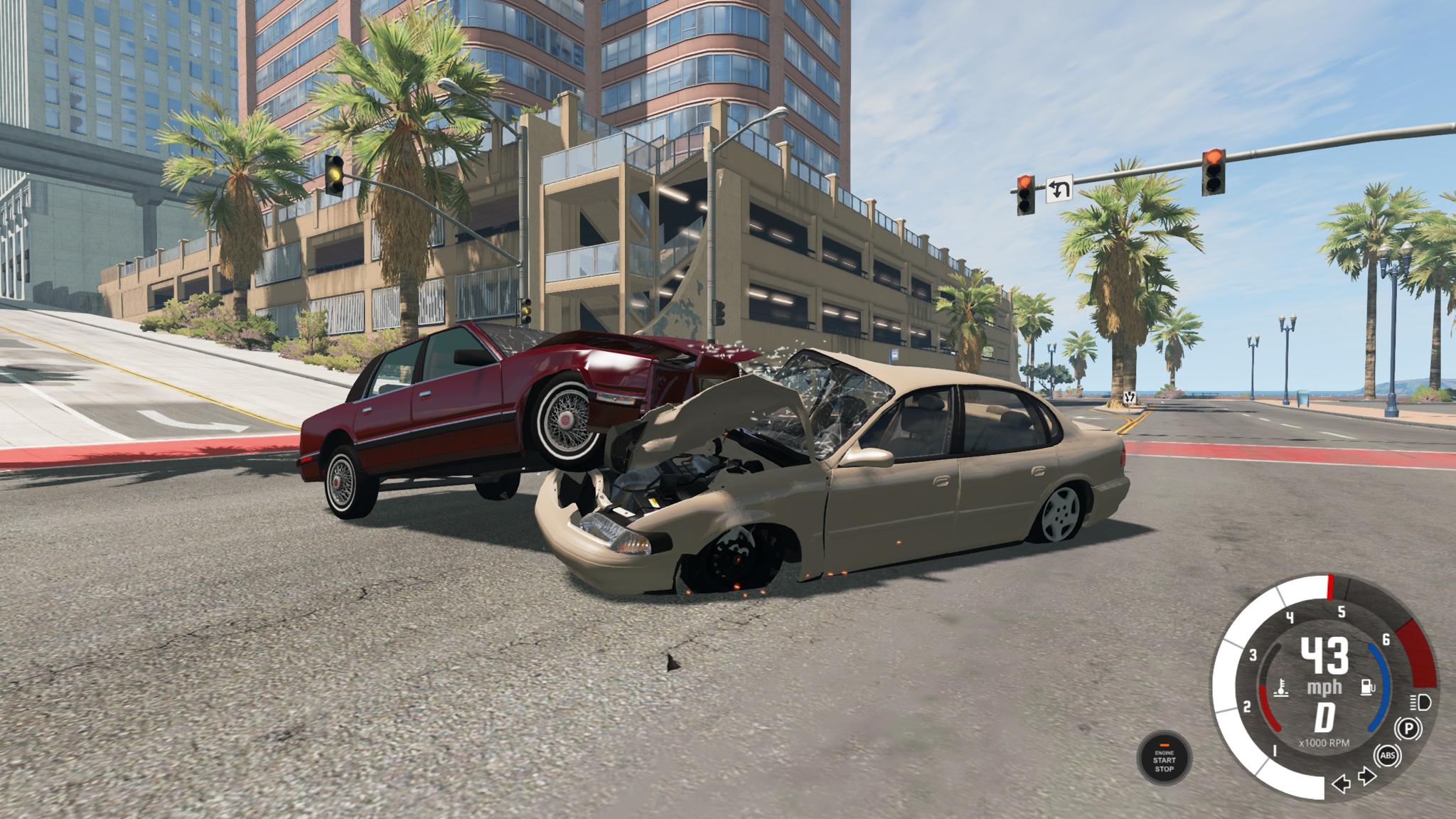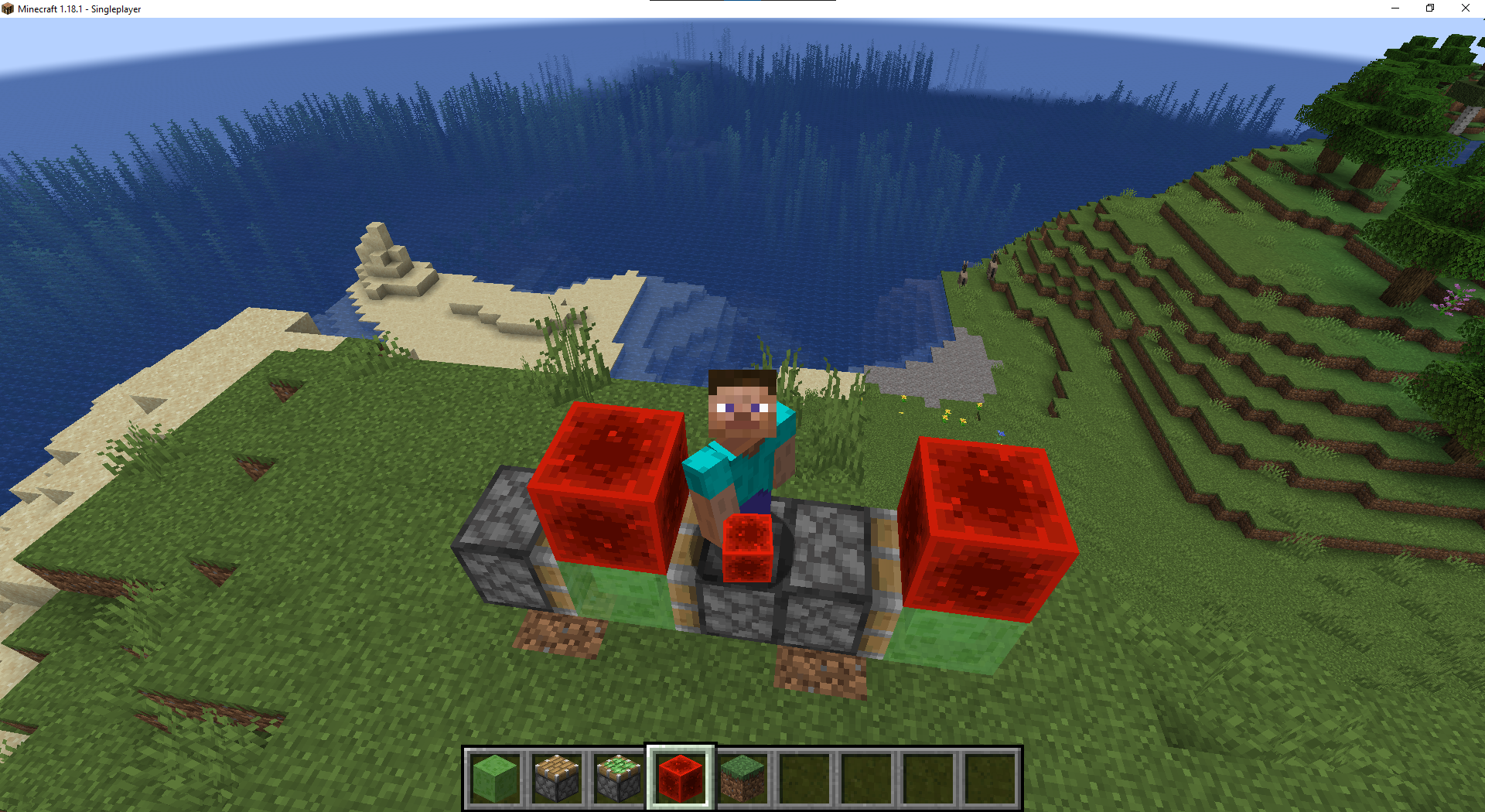Popular Now
Schedule I is more than just a controversial sandbox game—it's a complex simulation of underground economics. In this in-depth analysis, we’ll explore one of its most compelling systems: the progression of its in-game drug empire economy. From back-alley deals to large-scale production, Schedule I invites players to engage in a gritty, morally ambiguous climb to power. This article traces the mechanics and strategies required to rise from a street dealer to a syndicate boss within the game’s dynamic economy.
Humble Beginnings: The Life of a Street Dealer
At the start of Schedule I, players find themselves in the lowest tier of the game’s economic food chain. With limited capital and basic knowledge of narcotics, your journey begins on foot in shady alleys and low-income neighborhoods. This phase emphasizes risk-taking, stealth, and social awareness.
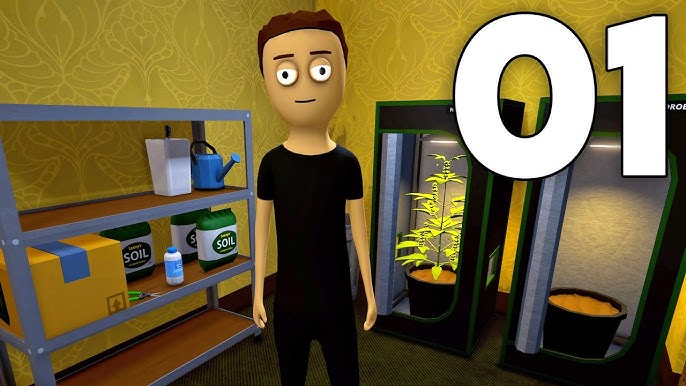
You start with basic narcotics—often marijuana or low-grade pills. Deals happen manually, requiring you to choose clients carefully to avoid being set up. The game tracks suspicion, alert levels, and the type of area you're in, encouraging players to think like a real street dealer. Mistakes are costly; a single bust can set you back significantly.
Finding Your Niche: Product Differentiation and Early Branding
As players gain trust, they gain access to better clients and slightly more capital. Schedule I mimics real-world microeconomics by pushing players toward specialization. Choosing a product path becomes crucial—will you be the go-to for psychedelics, or are you focused on opioid-based mixes?

At this level, experimentation with ingredients begins. Players can manipulate quality, price, and effects to find their niche. Reputation becomes more important, affecting repeat business and neighborhood loyalty.
Branding in Schedule I is nuanced, and poor choices can quickly lead to loss of business or increased heat from law enforcement.
Upgrading Your Lab: The Gateway to Production
Once you move out of street sales, Schedule I introduces one of its most iconic mechanics: the DIY drug lab. You’ll either take over an abandoned basement or rent a warehouse. The gameplay switches from social strategy to a complex resource and production management system.
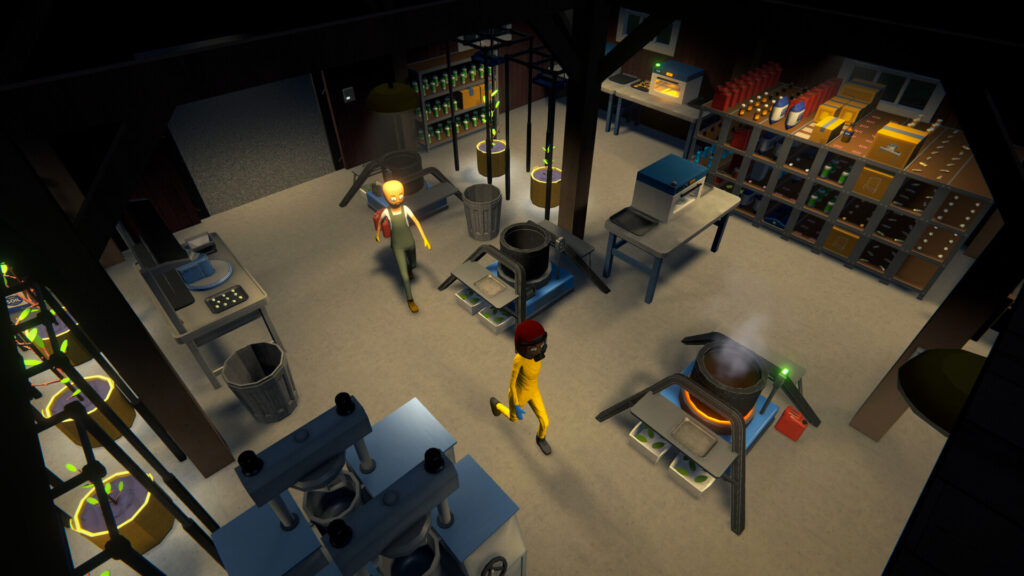
Setting up a lab isn't as simple as placing furniture. You’ll need to manage ventilation, lighting, water supply, and power usage. Each component affects both efficiency and risk.
Efficient production is key to dominating mid-game, but overexpansion without protection can spell disaster.
Establishing Distribution Networks
At this point, you're no longer dealing directly with customers. The focus now shifts to supply chain management. You hire street-level sellers, bribe local gangs for protection, and manage inventory flow between locations.

You assign NPCs to different territories. Each comes with stats—efficiency, trust, and notoriety. It's vital to place the right person in the right area to avoid turf wars or betrayal.
Failure to manage your network leads to missing inventory, heat buildup, and possible internal collapse.
Money Laundering and Asset Management
The sudden influx of cash can’t be used openly. Schedule I introduces a rich laundering system where you can funnel your earnings through fake businesses, offshore accounts, or bribes to local politicians.
Opening a laundromat or arcade isn't just for show—it provides a front to sanitize your dirty money. Players must manage income ratios to avoid suspicion.
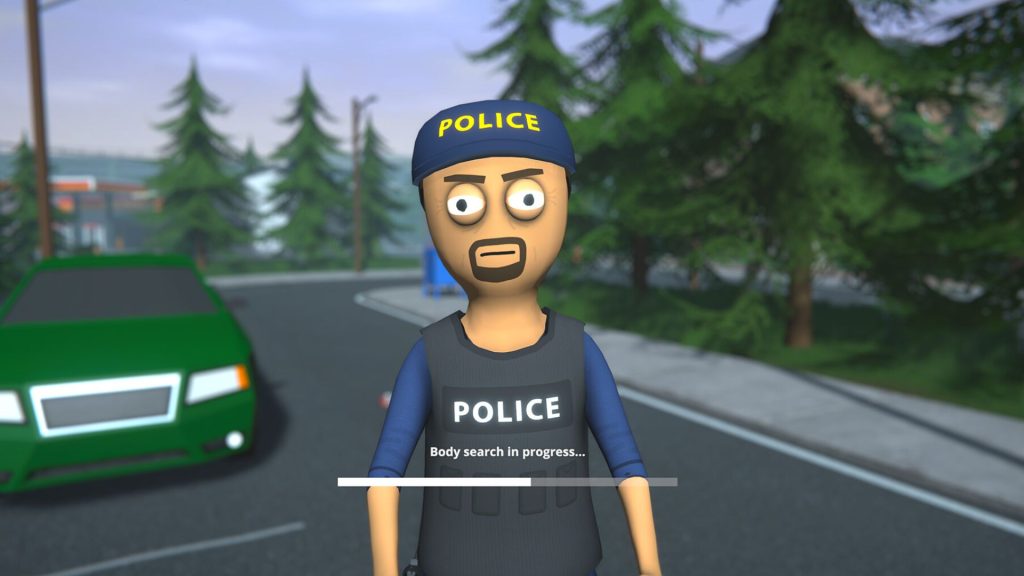
Getting caught in this phase means heavy losses and possible permanent seizure of assets.
Technology and Surveillance Countermeasures
As you grow, so does law enforcement’s interest. Schedule I introduces one of its most advanced systems here: counter-surveillance tech. You must install and upgrade jammers, signal scramblers, and safe-room planning software.
You’re given an internal dashboard to monitor heat per district. Smart players use analytics to re-route trade and lay low when needed.
Your success at this stage depends on both infrastructure and timing—pushing too fast can trigger coordinated raids.
Territory Expansion and War with Rivals
Rival gangs and dealers don’t stay idle while you rise. Eventually, territorial disputes are inevitable. The game opens up a full-blown turf war system—real-time or turn-based, depending on your settings.
You can either buy out competition or use force. Each action affects your empire’s morale and the public's perception.

Smart players pre-emptively neutralize threats by disrupting rival supply chains before initiating war.
Narrative Choices and Political Corruption
What makes Schedule I stand out is its branching narrative system. As your empire grows, politicians and law enforcement begin offering deals, favors, or threats. You’re forced to decide: stay independent or become a puppet master.
Players can fund elections, blackmail officials, or even take part in rigging civic operations. Each choice has lasting consequences—some districts may forever become hot zones.
While corruption helps expand quickly, it adds unpredictable volatility to your empire.
The Endgame: Becoming a Syndicate
Once you control a majority of the city’s supply and territory, the game shifts into syndicate mode. You're no longer micromanaging—you’re making broad strategic decisions, rivaling international cartels.
You deal in bulk with smuggling routes, naval shipments, and international demand cycles. The scale is overwhelming, and it feels like a completely different game.
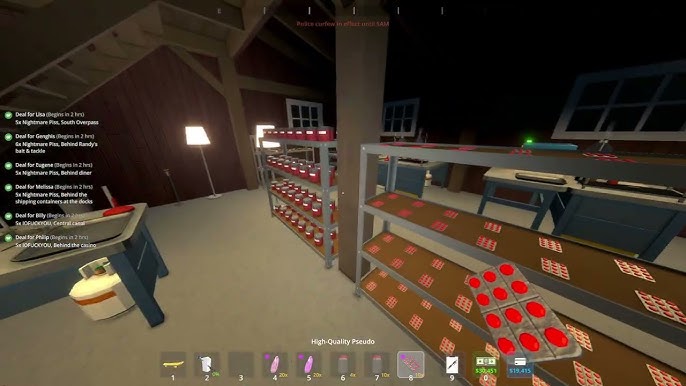
Some players might choose to go legit, while others double down and go scorched earth.
Falling from Power: The Collapse Mechanic
Few players maintain dominance forever. Schedule I has a unique collapse mechanic where your empire can unravel due to cumulative bad decisions, AI revolts, betrayal, or a mega-raid.
Increased heat, multiple failed deals, internal mutiny, or a media leak can trigger a domino effect. The game simulates panic, asset freezes, and NPC defections.
Even failure in Schedule I can feel satisfying due to how organically it reflects your path.
Conclusion
Schedule I isn’t just a game—it’s a bold simulation of economic mobility within an outlawed industry. Its drug empire progression system is among the most intricate and thematically bold mechanics in any indie title. By walking through each phase—from street hustle to syndicate leadership—you engage in a dark, strategic dance that constantly challenges your moral compass, planning skills, and adaptability. The reward? A story of power you won’t forget.









